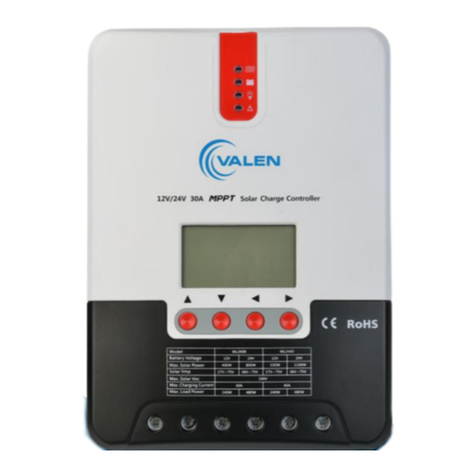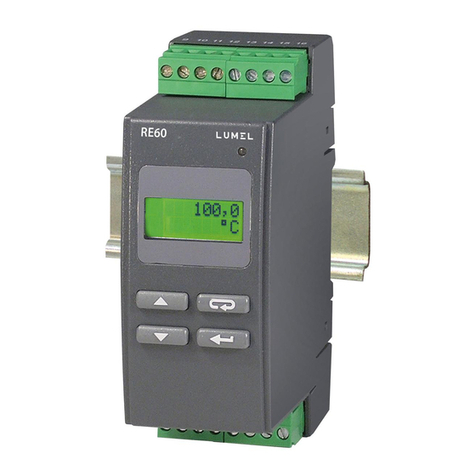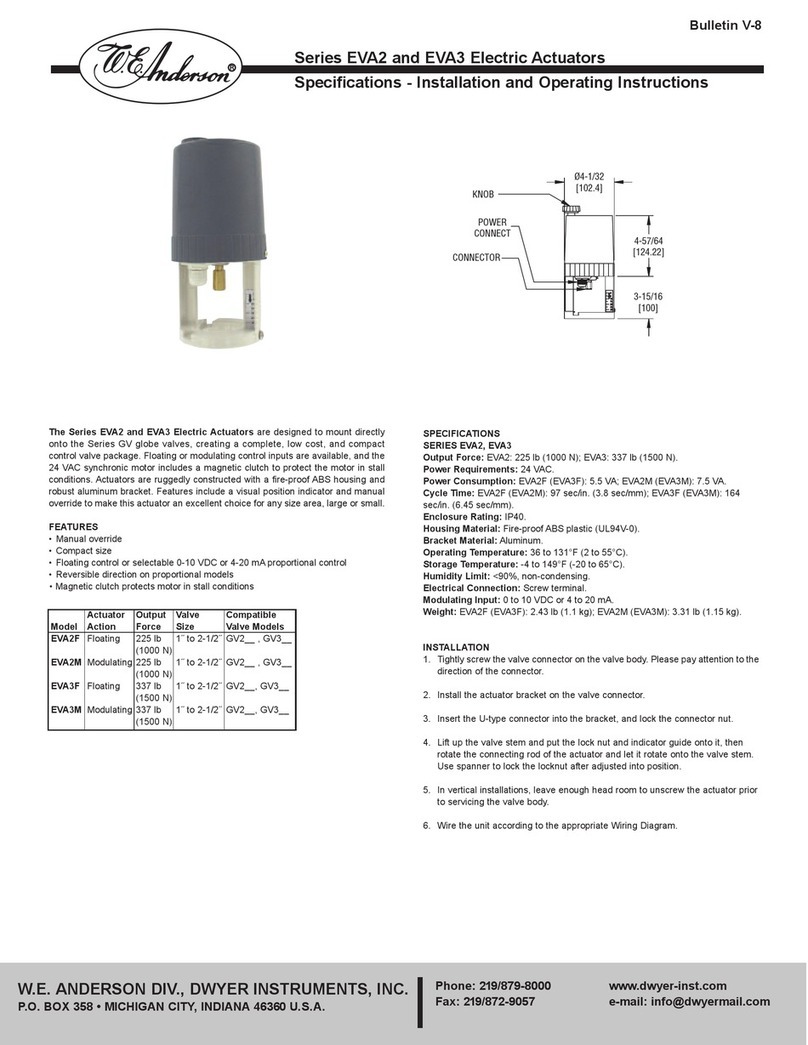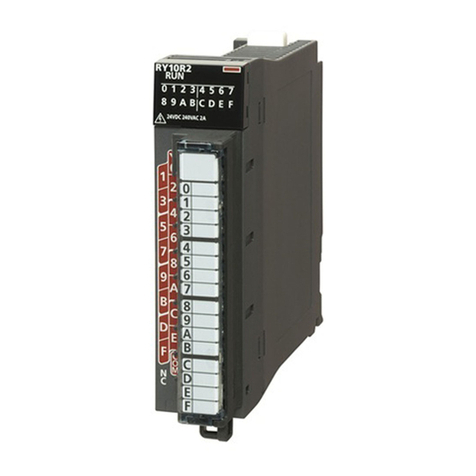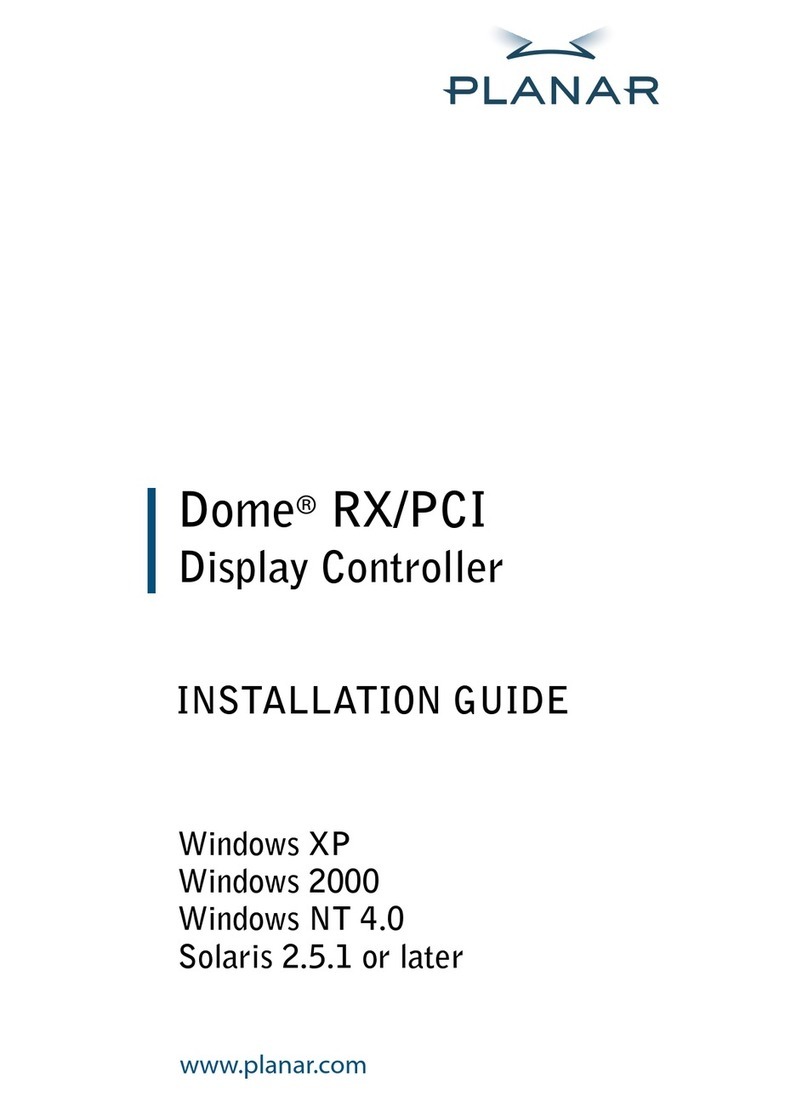SHINCHANG SVF-40E User manual

「 Operation Manual 」
Frequency variable controller
SVF - 40E (AC 100/200V)
1. Caution before use
2. Caution at the time of use
「 a. Dangerour b. Warning c. Caution 」
3. Function and characteristics
4. Outer Case and Name of Each Part
5. Method of Attachment
6. How to Connect and Output
7. How to Operate and Control
8. Change of Set Value
9. Indication of Setting Items
10. Trouble-shooting
11. Specification of the Product
12. Check Bowl Feeder
SHINCHANG F.A
◆Content ◆
Make sure to read this operation manual before use
and to have accurat work.

1. Caution before Use
In order to use this controller safely and to use ite function to the maximun
be sure to refer to the following.
a. If any damagte is discovered in the course of transportation, please contact the company.
b. This controller for exclusive use of Shinchang F/A. If it is used to object other than
the applicabe main body for its use, then it may surpass its scope of use and
may cause trouble.
c. Use this operation manual (Part's feeder)
It means <Bowl Feeder , Linear Feeder, Hopper Feeder etc.>
2. Caution at the time of use
First of all, read this manual carefully and then use it.
Be sure to observe required caution for safety as follows:
a. Dangerous
1) Do not start any work such as linear arrangement etc. until LED sign
on cotrol panel is off.
Please start the work after lapse of more than 2minutes after Off condition.
Otherwise, there is risk of electric shock.
2) Do not operate it under the condition the cover of terminal is taken off.
(Emergency case is exceptional)
And when cover of the terminal is taken off, be sure to turn off the power.
There is dange of fire due to electric shock or short-circuiting.
3) Never do any wiring works without turning off the electric power.
This controller is exclusive controller for Part's Feeder.
It can not be used for piezo electric Part's Feeder or single phase motor etc.
There is dange of fire due to electric shock or short-circuiting.

b. Warning
1) Be sure to ground the earth line of the main body of controller. Unless
『Earth』 is done, there is danger of electric shock.
2) Never use it at places where explosive or inflammable gas is present. It may
cause fire.
3) No one else except repair technician should disassemble , repair or modify it.
There is dange of fire or injury due to abnormal function.
4) Avoid its use near water, outdoors or at places where the temperature is high or
highly humid. There is danger of fire and electric shock.
5) Avoid damage to wirting or forcible bending by pressing it down.
If heavy materials are placed or inserted, then wiring is damaged, which can
cause damage to wiring, fire and electric shock.
6) Even during use of controller or while it is stopped, avoid contact with output
terminal of controller. There is output of 200V in the output terminal.
Therefore, there is danger of electric shock.
7) Do not put any foreign materials shch as papers, wood or oil etc.
There is danger of fire.
8) Do not control switch with wet hands.
There is danger of electric shock.
9) Avoid use of any other voltage except specified voltage.
It may cause fire and trouble.
10) At the time of replacing fuse, make sure to turn off primary side power source or
main switch. There is danger of electric shock.

c. Caution
1) Radiation panel may become high in temperature(50~70℃)
There is danger of burn.
Make sure to design space around it in consideration of heat radiation.
2) Do not turn on/off power hastily.
It may cause trouble to controller.
3) Do not turn on/off power within short time. Because of flow of big lead-in
current, it cause trouble to controller.
4) Avoid its installation at the place with vibration or shock.
Controller may get in trouble.
5) There is distinction between earth and non-earth type.
Make sure to check the earth side of power source and connect the specified
terminal of controller to the earth side.
When wiring is wrong, then there is danger of fire.
6) Be sure to connect earth grip to welding machine at the time of welding to bowl.
If earth for welding is uncertain, then earth line which is connecting the main body
and controller may burn or there is danger of electric shock, leak or damage to controller.
7) Choose cabel suitable to voltage, electric current and environment concerned.
If cable is below capacity, then there is danger of fire.
8) Controller may produce noise through wire, equipment or
equipment connected to it.
Make sure to prevent any erroneous operation of instruments, equipment
or sensor arount it. There is danger of accident.

3. Function and Characteristics
a. Precise digital control by means of micro-processor
Various setting and operation are done by digital control through installing
micro-processor. In particular, output frequency is based on crystal transmitter,
thus unprecedented high precision and stability are realized. Also, by virtue of
display of set value, resetting can be done very simply.
b. Input
Scope of input voltage is AC95-110V (+/-10%)A, AC200~220C(+/- 10%) and
both 50Ha and 60Hz is possible.
c. Protective function
At the time of overheating, excess load or excess current, this function stops operation
and protect controller or circuit device arount it.
At the time of overheating, excess voltage, error is indicated and operation stops.
When power source, voltage and temperature are restored, then restoring controller
is also possible. When such restoration is not possible, contact the company.
※ Protection of this controller against earth line, short-circuiting and leakage is
impossible. Be careful.
d. Lock
Controlling funciton by control panel can be stopped when necessary.
It eliminates unintended setting or change ect. by error of the operator or by
mistake in controlling.

4. Outer case and name of each part
a. Name of outer case
b. Terminal stand structure

5. Method for attachment (external diagram)

6. How to connect input and output
a. Input of power source
220 Volt input is set initially.
Make sure to ground green earth line.
There is danger of elecric shock.
When using 110V, please contact the company.
b. Connection to feeder
Feeder output is possible to bowl, linear and hopper etc.
Make sure to ground the green earth line.
There is danger of electric shock.
c. Input of external control
1) DC input
When DC24V is input, then feeder operates.
Using sensor concurrently is impossible.
Controller mode can be used when it is set to USE at SEN1.
2) Input of contact point
When SS1 and GND are connected, then feeder is operated.
Controller mode can be used when it is set to NOT at SEN1.

d. How to input to sensor
No Contents
1 +24
2 SS1
3 GND
When the products are fully loaded on chute, it controls
bowl feeder. Controller mode can be used when is set to USE
at SEN1.
e. How to enter speed transfer
At regular speed of SS1 and at the time of contact connection
and speed shift of GND, connect SS2 additionally.
At the time of stop, everything is short-circuited.
At the mode of USE, S-VT when mode key is pressed once more,
then S-OP appears at window and strength for voltage
is set by left arrow key. After completion,
either run key is pressed or if there is no key control for about
5 seconds, then automatically seting mode is ended.
Wiring color
Red or brown
White or blue
Black

7. How to operate and control
When power source is put to controllr and controller switch is set to On position,
then press Run switch and press lower key among left upper and lower key
at the position of 100~120V, then frequency descends downward from 400.
When speed is within the range to make operation of vibration possible, set volume
to about 140V again and then make minor setting with upper and lower key.
About 140V is most stable as for volume setting.
When volumen of 180V or above is used for a long time, then stability of voltage
becomes worst. Adjustment of Hz is required at the time of moving feeder from
the place where 60Hz area is used to the place where 50Hz is used.
If using under the condition without adjustment, it becomes cause of trouble.

8. Change of set value
a. Switch on power
b. After Motion(vibration output) Off enters setting mode by Mode key, setting
item is indicated above and set value of pertinent item is indicated at below and
then moves item with Mode key. Change value of pertinent item with↑(inc) ↓(dec)key.
c. When Mode key is pressed down again at final setting item(S-TY) then setting mode
is finished(store changed value) and then it returns to use mode.
d. If there is no key control for about 5 seconds during control of each setting,
then automatically setting mode is ended.(Store value which is changed upto now.)
e. When Run key is pressed down anywhere at setting item, then immediately setting
mode is finished and returned to standby condition. And changed value is stored.
f. As for contents of setting items, see the explaination in next page.
g. Setting/releasing locking device(setting: prohibition of change, releasing: change possible)
- If Mode key is pressed about 3seconds at motion standby condition, then 3times of
Beep are sounded, then Lock condition is indicated.
For release, carry out repetitive move.
Whenthe key is pressed down more than 10seconds, then all the keys such as volume
etc. are fixed. Release is done by repetitive move.
When Lock is set, then LOCK ON is indicated at display window
LOCK OFF is displayed when released.

9. Indication of setting items
1 ON 0.0 Delay time(sec) when Sensor 1 is On
1 OFF 0.0 Delay time(sec) when Sensor 1 is Off
2 ON 0.0 Delay time(sec) when Sensor2 is On
2 OFF 0.0 Delay time(sec) when Sensor 2 is Off
SEN 1 NOT Whether or not Sensor 1 is used
SEN 2 NOT Whether or not Sensor 2 is used
Output DC 24V
POER 200.0 Limitation of max. output voltage
STRT 15 Soft Start
VOLT 220 Display of voltage at window
S-TY NPN Change of sensor input
Possible when Sensor 1,2 not used.
50~200 50S-OP
Indication
of items Scope of choice Basic value
5~40
110/220
NPN/PNP
Contents
Characteristics of Sensor 1 interlocking
output motion
NO(Sensor 1 is On, Output is On) NC
SOUT
At the time of change to arbitrary value
from the current VR value
0.0~20.0
0.0~20.0
0.0~20.0
0.0~20.0
NOT, USE
NOT, USE
NC(Sensor 1 is Off, Output is On)
100.0~200.0

10. Trouble-shooting
When trouble occurs, check on the followin items. Also, check output voltage of (1) and (2).
When cause of touble is unclear, then contack SHIN CHANG F/A and inform condition of trouble and
in order to have quick action, read the following items and inform us in details
Poor connection of power source Check connection.
Wiring Verification method of input and output
Fuse Check condition of fuse.
Sensor recognizes the work. Verify after removing work on chute.
Controlling frequency Verify method of operation control.
Damage of panel spring Replacement
Fixing to fining device for transportation Dismantling fixing device
Panel spring is loosened Tightening volt.
Excessive weight of Bowl/Chute Consultation with the company
Power source voltage exceeds tolerance value Check voltage of excessive output
of controller. of power source. Remove cause for
Wiring See operation manual.
Erroneous polarity of wiring
Sensor checking work Remove work from chute.
Setting function Read operation manual.
Setting function Verify transfer of sensor for mode of operation.
Due to elongation of ON/OFF Check setting value of timer and
Delay Timer time. shorten the time and verify.
Check and see if lock is on at panel. Release of panel lock.
3) Vibration is
changing Due to too much work volume in bowl, there are
much changes.
Change of voltage. Adjuse volume of
work.
Trouble Actions requiredEstated cause
1) No vibration
2) Vibration is
not increasing
4) Control from
outside is not
possible.
6)Setting of
voltage frequency
is not possible
5) Sensor can
not controlled.

11. Specificatioin of the product
40.0 ~ 400.0Hz
Use of Up/Down key
0.0 ~ 220.0 V
Control variable by volume
Setting method
Setting resolving power 0.1V
0.1Hz
50/60HzChoice of AC 110/220V
Scope of setting
Setting resolving power
Setting method
Scope of setting
Protection function
Cooling mode
5A
Sensor 1, Sensor 2 move On/Off(NPN Type)
3 terminal Relay output (COM, NO, NC)
Possible to set 15~40steps.
Natural cooling type by use of radiation plate.
Mark error code is displayed in case of excess current and over-
heating and stop.
Modulation of intellignece type frequency which used Carrier
frequency.
On.Off Switch and external input contact and voltage(DC 24V)Operation, stop control
Sensor input
Operation synchronizing sign
Start Up
Power source, Voltage
Frequency
Output voltage
Max.output electric current
Operation mode

12. Check Bowl Feeder
If the Bowl Feeder's vibration becomes weak, refer to number 7 for resetting.
Incase the absence of the Bowl Feeder's vibrations,
1. Check connections between controller and vibrator, controller and power input line
2. Confirming the controller frequency setting
3. Check vibration coils inside the vibrator - Replace when damaged by overheating
5. Check various bolts inside the vibrator - Replace if damaged
6. Checking various bolts inside the vibrator
7. Check if the controller is out of order - Replace if faulty
4. Checking plate springs inside the vibrator - Reassembly after removal when cracks
occur - Reset frequency

SHINCHANG F.A
24, Gongdan 1-daero 259beon-gil, Siheung-city,
Gyeonggi-do, Republic of Korea
Tel : 82+31-498-4492~3
Fax : 82+31-498-4494
Table of contents
Popular Controllers manuals by other brands
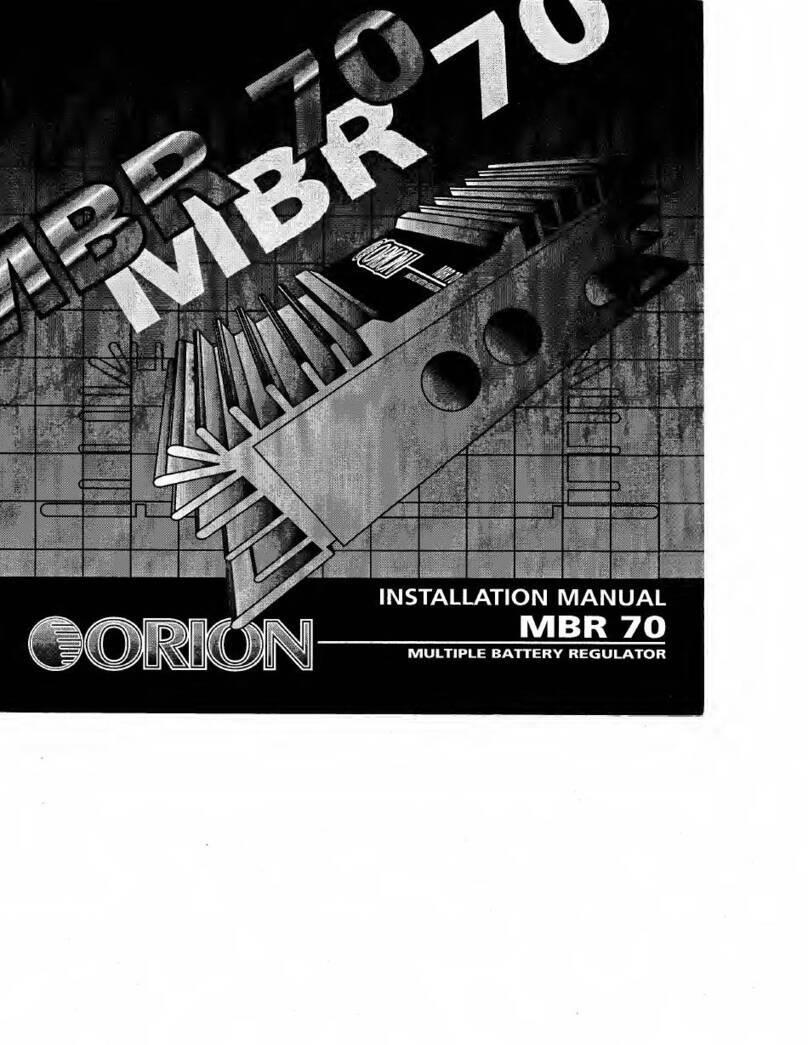
Orion
Orion MBR 70 installation manual
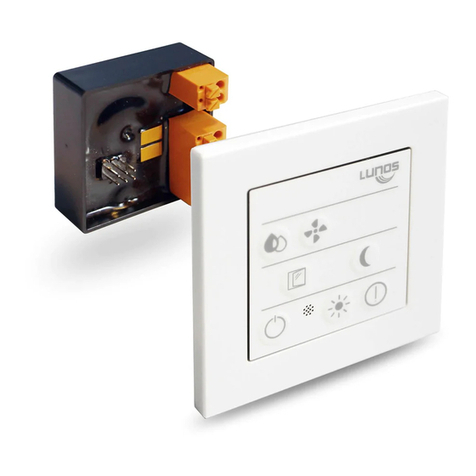
Lunos
Lunos Smart Comfort 5/SC-FT Installation and operating manual
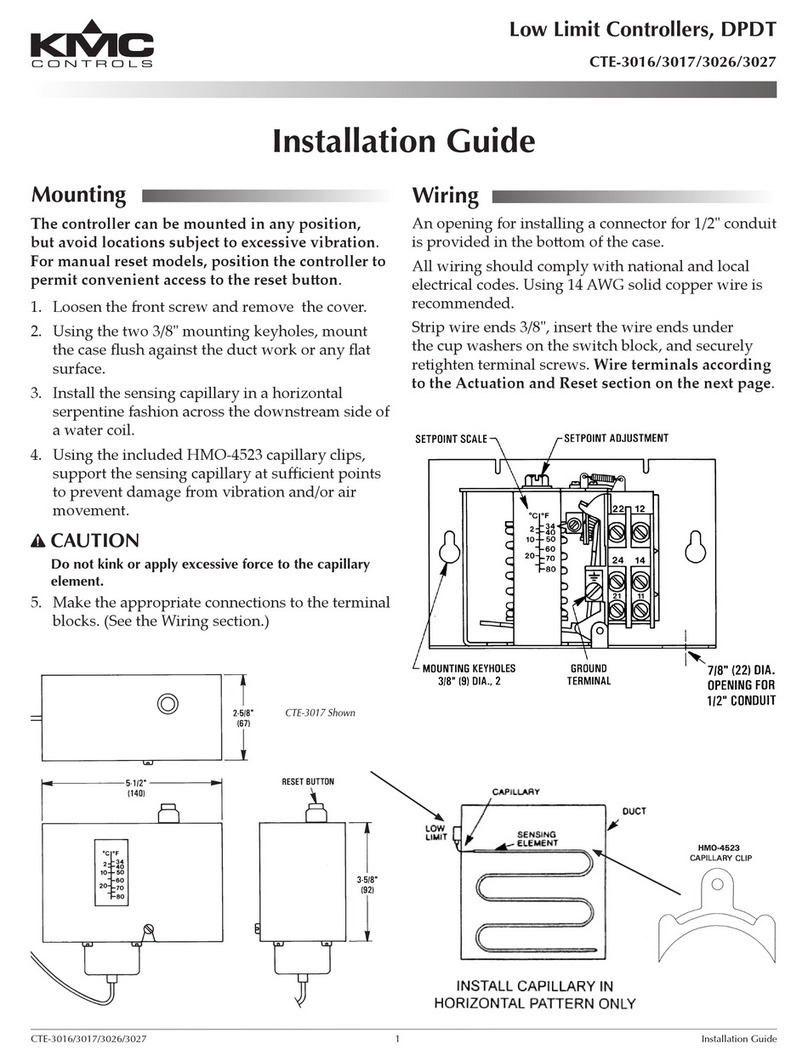
KMC Controls
KMC Controls CTE-3017 installation guide
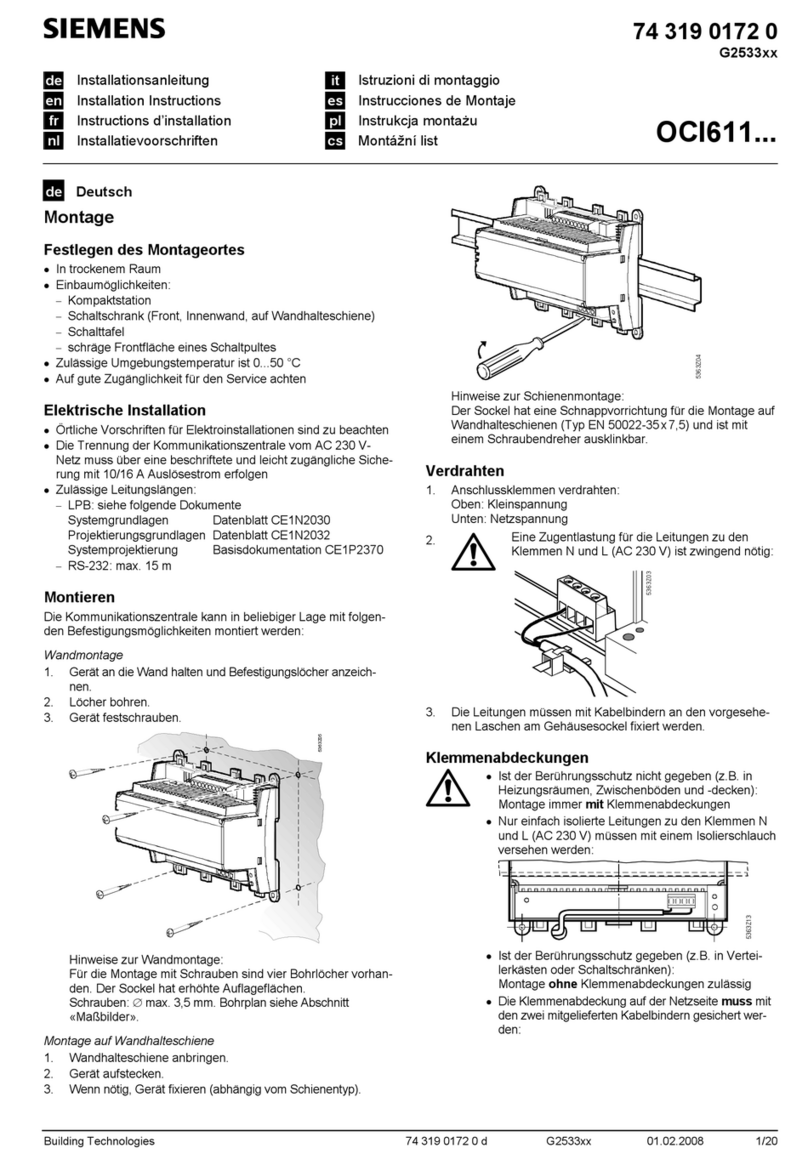
Siemens
Siemens OCI611 Series installation instructions
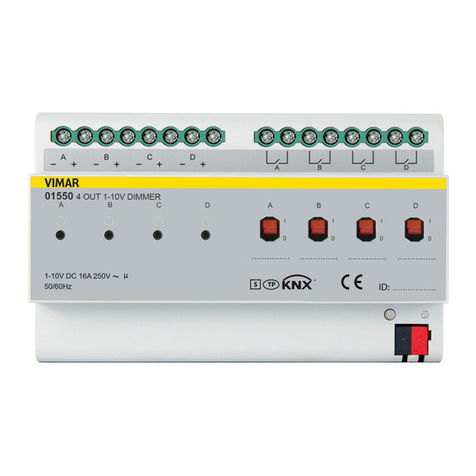
Vimar
Vimar Well-contact Plus quick start guide

Honeywell
Honeywell T775U Series installation instructions
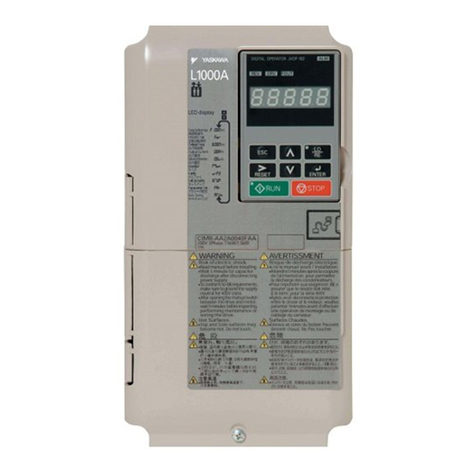
YASKAWA
YASKAWA L1000A Series Technical manual
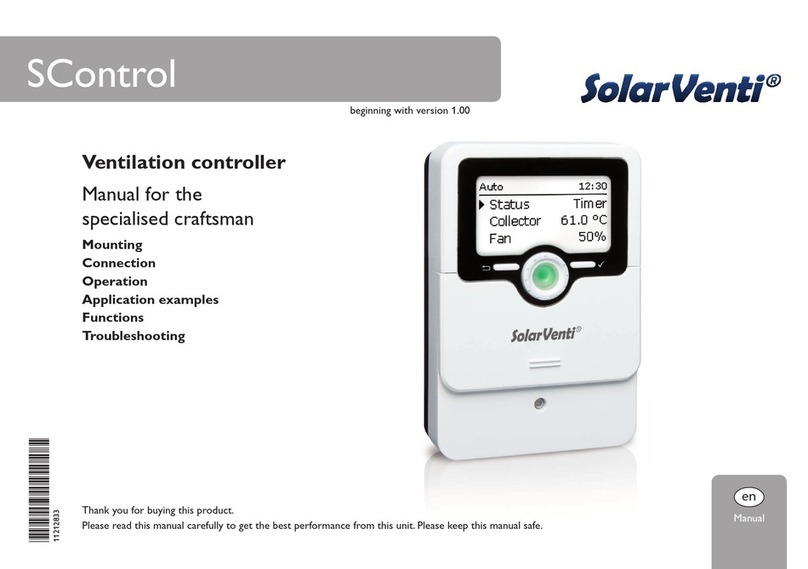
SolarVenti
SolarVenti SControl manual
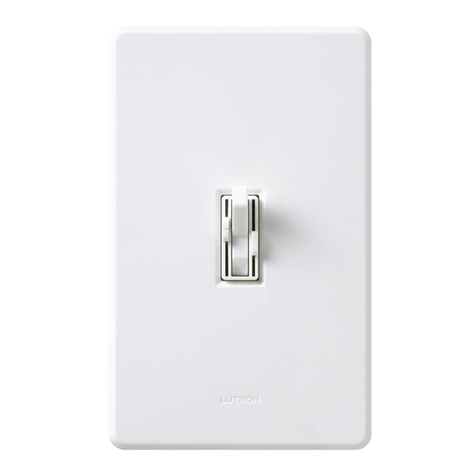
Lutron Electronics
Lutron Electronics YFSQ-F quick start guide
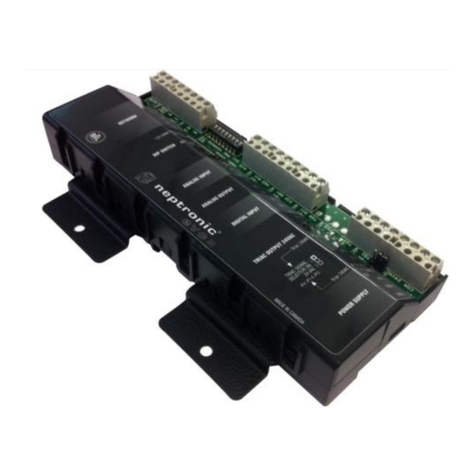
Neptronic
Neptronic EVCB14NIT4X/TRL24 Series Specification and installation instructions
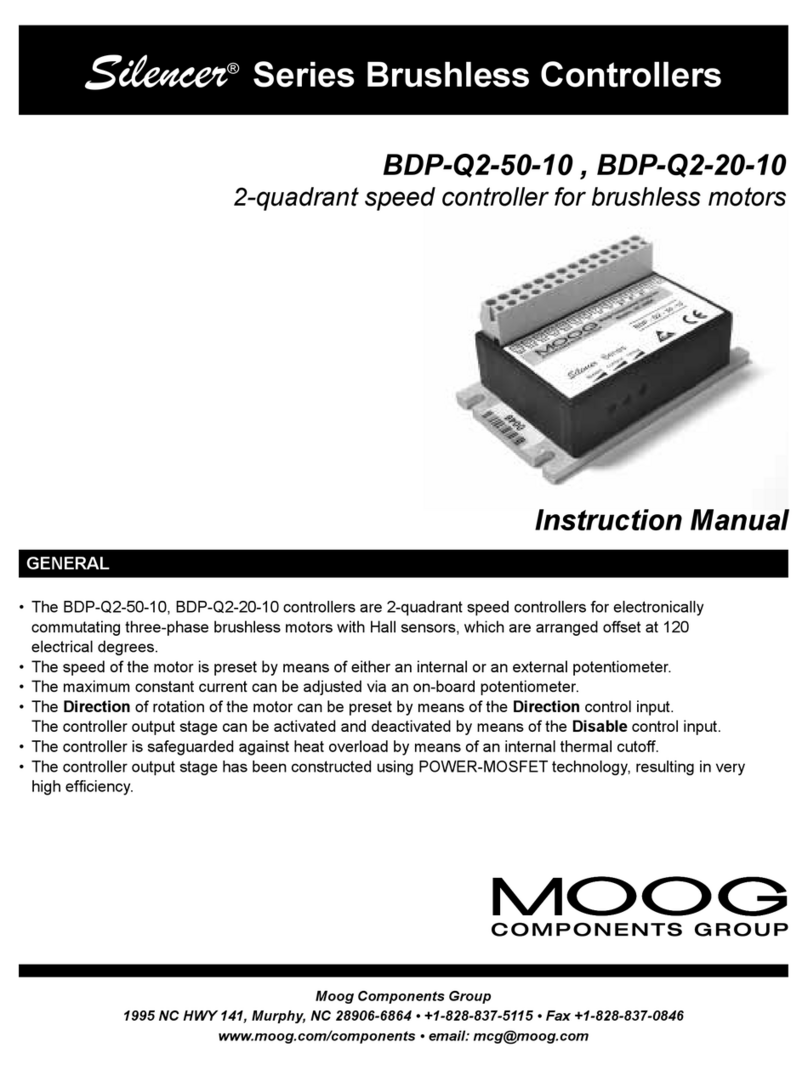
Moog
Moog Silencer series instruction manual
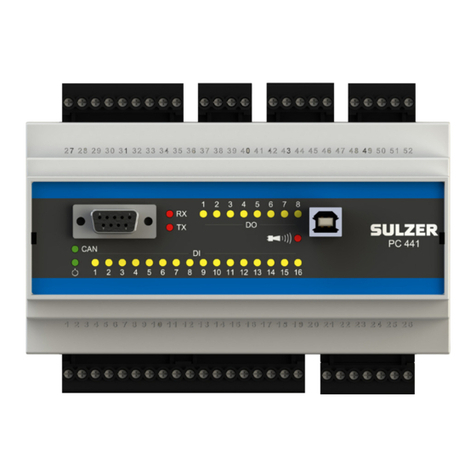
Sulzer
Sulzer ABS PC 441 installation guide
